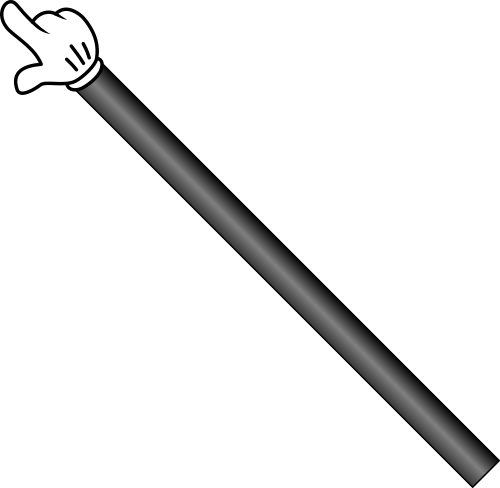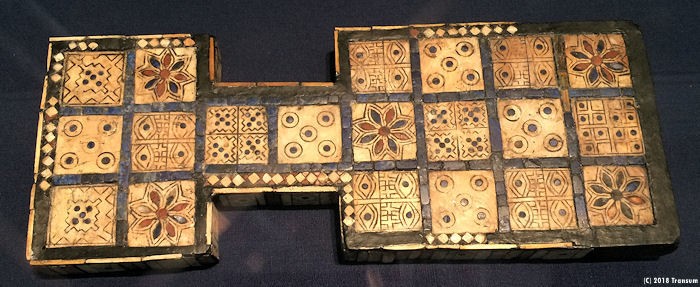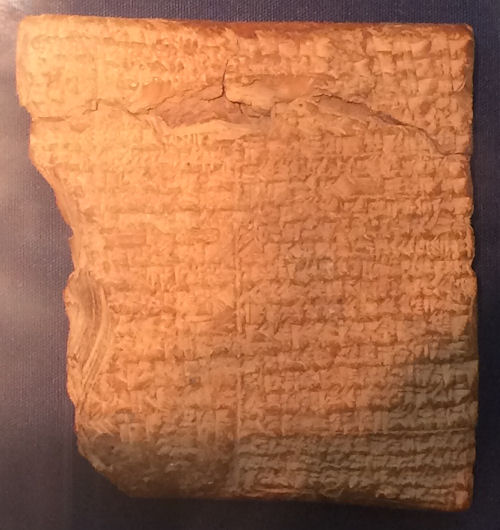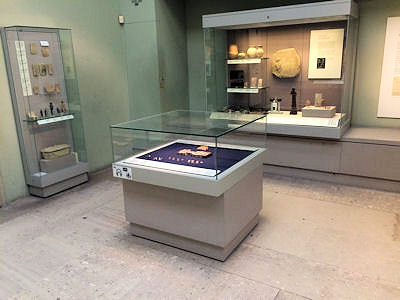

END
END
First player's name:
Second player's name:
If you have not played Remainder Race before read the instructions below.


Player |
|
It's your turn
Player |
|
It's your turn

|
Remove the ads from this page and unlock other Transum goodies by signing up for a Transum subscription. InstructionsPlayer 1 has seven red counters and player 2 has seven blue counters. The objective of the game is for a player to get all seven of their counters around the game board before the other player does. Player 1 begins by rolling two dice and choosing one of them. Player 1 then chooses a counter to be moved. The number of squares the counter is moved is either equal to the chosen dice number (if the counter is not yet on the board) or equal to the remainder when the number in the square is divided by the number on the chosen dice. If a counter ends its move on a square already containing a counter the latter is knocked off the board and returns to its starting position. This game is an adaption of The Royal Game of UR which gets its name from two game boards which were found in tombs in Iraq by Sir Leonard Wooley, who was carrying out excavations in the ancient city of Ur in the 1920s. The two boards date from before 2600 BCE. 
A Babylonian tablet written in the ancient cuneiform language describing the game was discovered by Irving Finkel, a curator at the British Museum in London. The tablet dates from 177-176 BCE. 
The game board and the instructions on the Babylonian tablet are displayed in this cabinet in gallery 56 of the museum. 
There are a couple of other board games derived from the Royal Game of Ur on display at the British Museum in London. Here is an ivory senet board with a drawer for storing the glazed gaming pieces. The photograph below shows another variation of the game. The British Museum describe the item as follows: Ivory gaming box, 1250—1050 BC. This ivory gaming box was used to play a game similar to the Egyptian 'Game of Twenty Squares'. Board games on Cyprus were enjoyed by all classes, and crossed cultural boundaries. The box was buried with a wealthy inhabitant of a major trading and manufacturing town near Enkomi in eastern Cyprus. The carving style is a mix of Canaanite, Egyptian and Aegean motifs, showing the cosmopolitan nature of Cypriot society at this time. Transum's Remainder Race differs from The Royal Game of UR in a number of important ways. Determining the number of squares to be moved as being the remainder of a division calculation is specifically included as a required skill for this educational activity. Although the game board is the same shape as the ancient version, requiring the exact number to finish the game is not a feature of this version. If playing this game as part of a class lesson there may not be time for one of the players to get all seven counters to the end. A suggestion is for all to agree that whover has got the most counters to the end by the time the bell goes (or after 15 minutes for example) is the winner. Furthermore, to reduce the possibility of a draw, each player could be awarded points based on how many squares their counters had passed in total. The following table shows the points for the current game:
So if you wish to go for the limited time version of the game a hidden timer can be set up here. When the time has expired the board is frozen and the winner declared. Timer: 00:00 The two-digit numbers on the squares are generated randomly every time the page is loaded. They could be anything from 11 to 99 with one notable exception. Can you work out what that exception is? It is the only two digit number that would not allow the counter to move whatever the dice number. If you have chosen to play against the computer rest assured that the computer does not know how to play the perfect game so you stand a reasonable chance of winning the game. Additional resources are available when you are signed in to your Transum subscription account. If you do not yet have an account and you are a teacher, tutor or parent you can apply for one by completing the form on the Sign Up page. A Transum subscription also gives you access to the 'Class Admin' student management system, downloadable worksheets, many more teaching resources and opens up ad-free access to the Transum website for you and your pupils. Frank Skinner was fascinated by the Royal Game of UR in the British Museum and talked about it on his comedy podcast. See Transum's ever-growing collection of Probability lesson starters, activities, exam-style questions and and investigations. |
||||||||
Transum,
Monday, January 16, 2023
"If you didn't understand the instructions for Remainder Race maybe Paige's explanation will help. I stumbled across this video she made on YouTube:
https://www.youtube.com/watch?v=bFpSngWaszM"